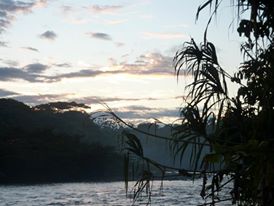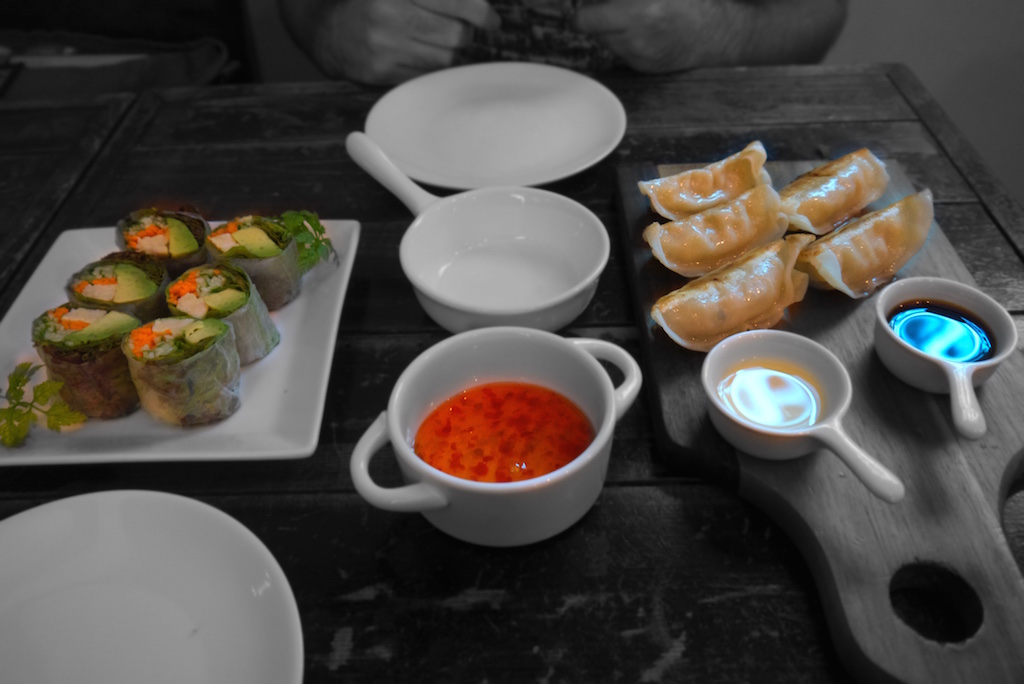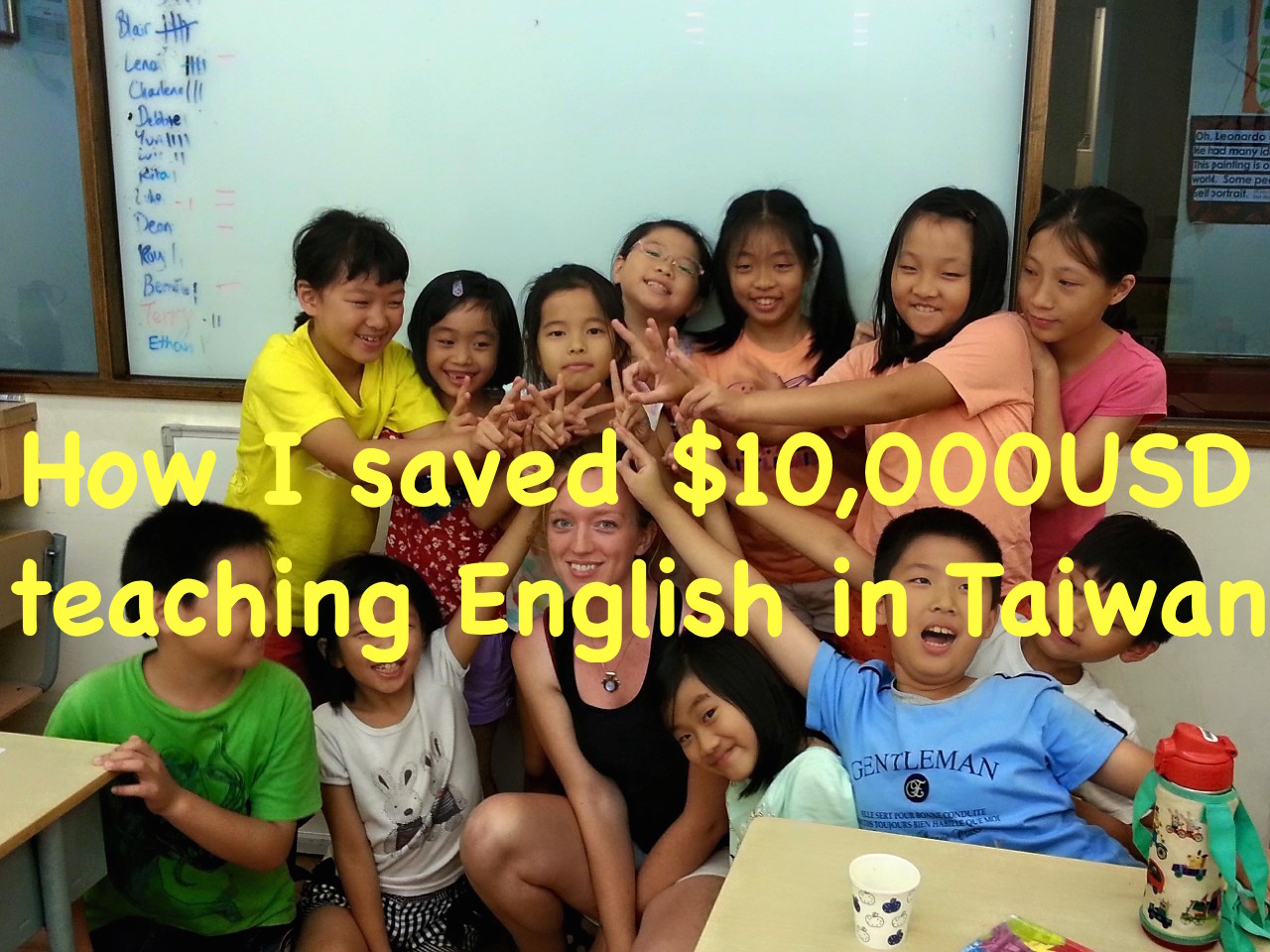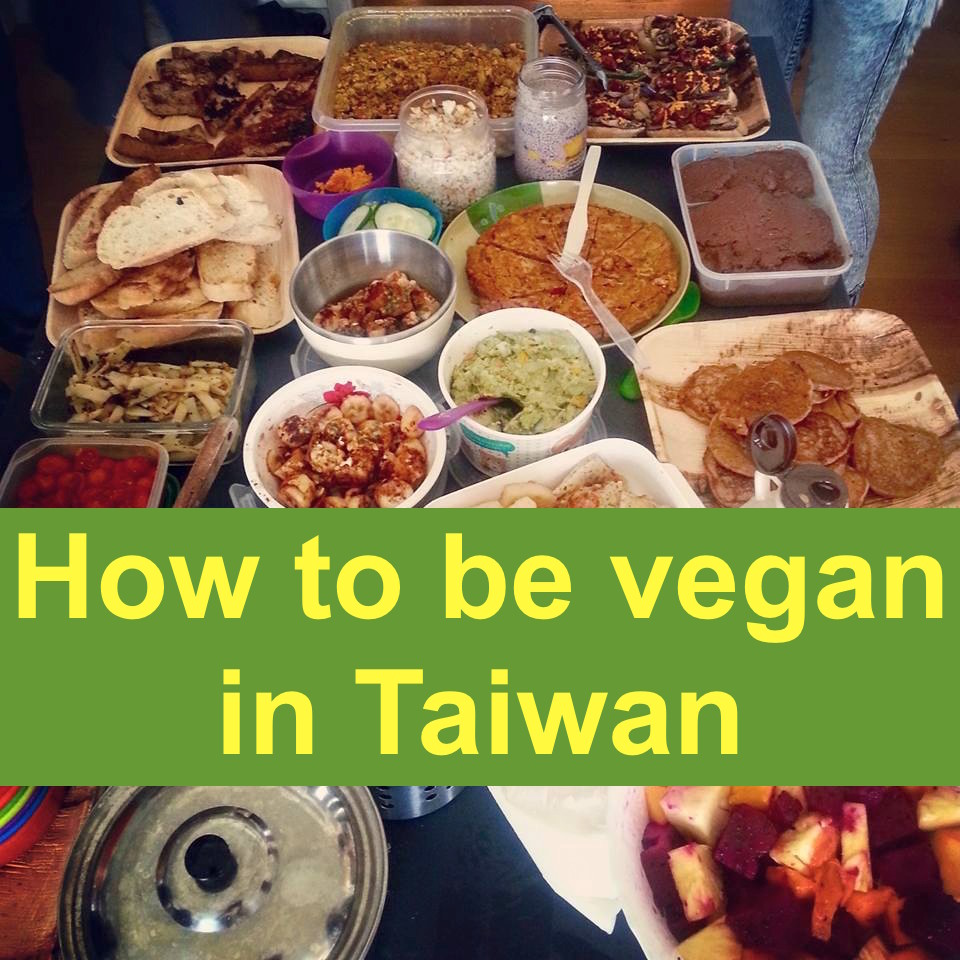Fairytales in the Rainforest (how I became cynical about conservation work)
In summer 2011 I spent 7 weeks living in the Amazon Rainforest, in Ecuador doing Ecological research on the biodiversity of the area, in particular the birds. This story was written about the days I went up to stay with the locals…
Continue reading



